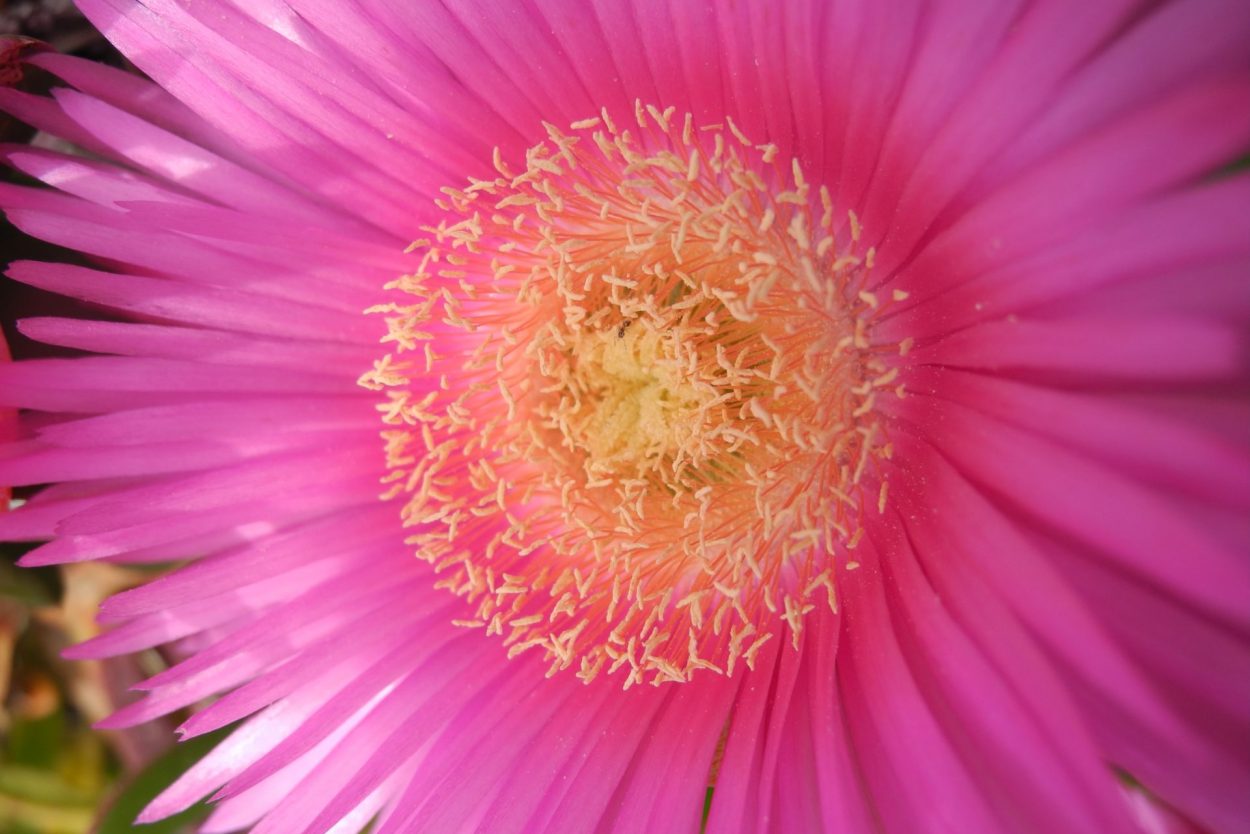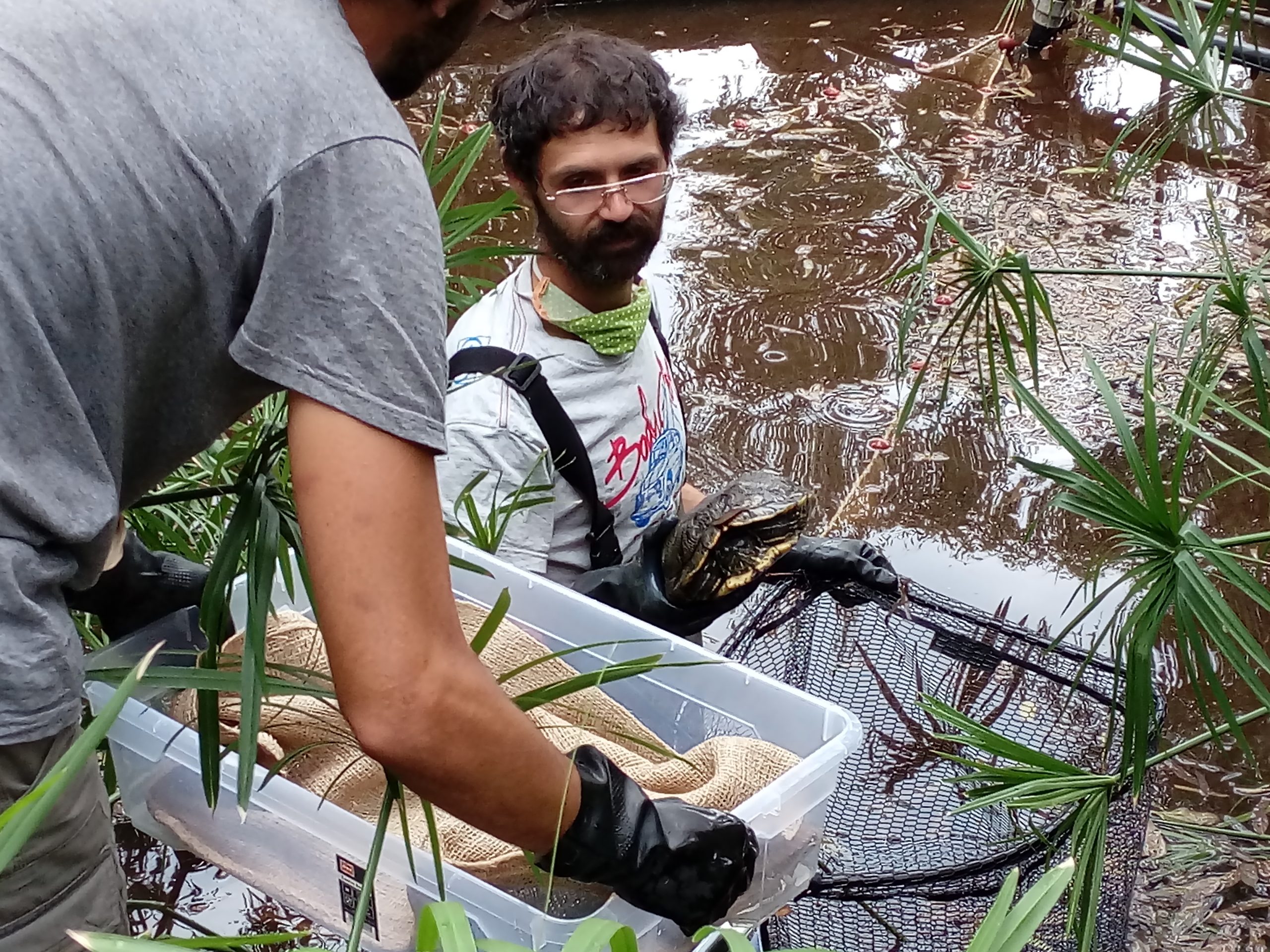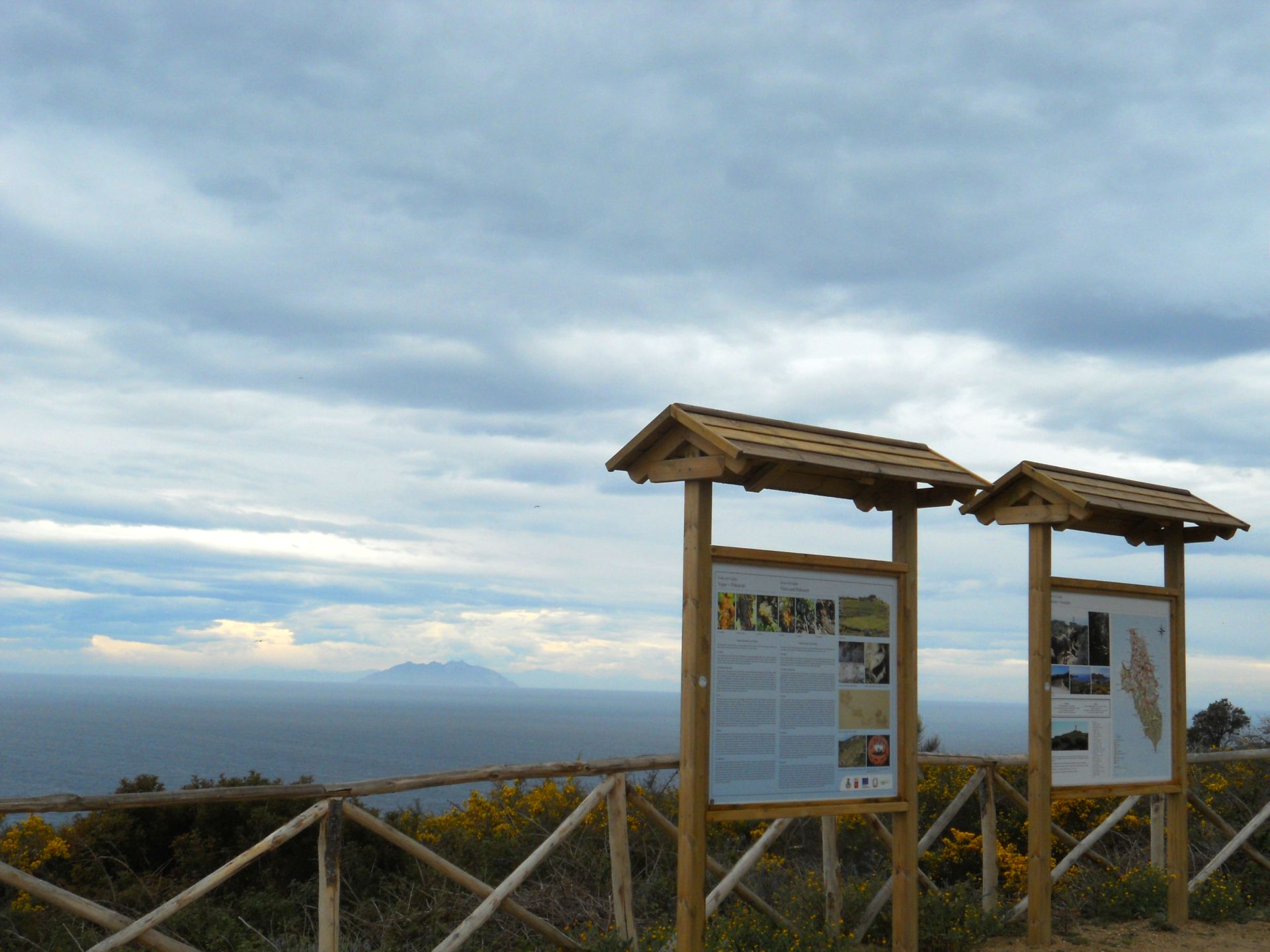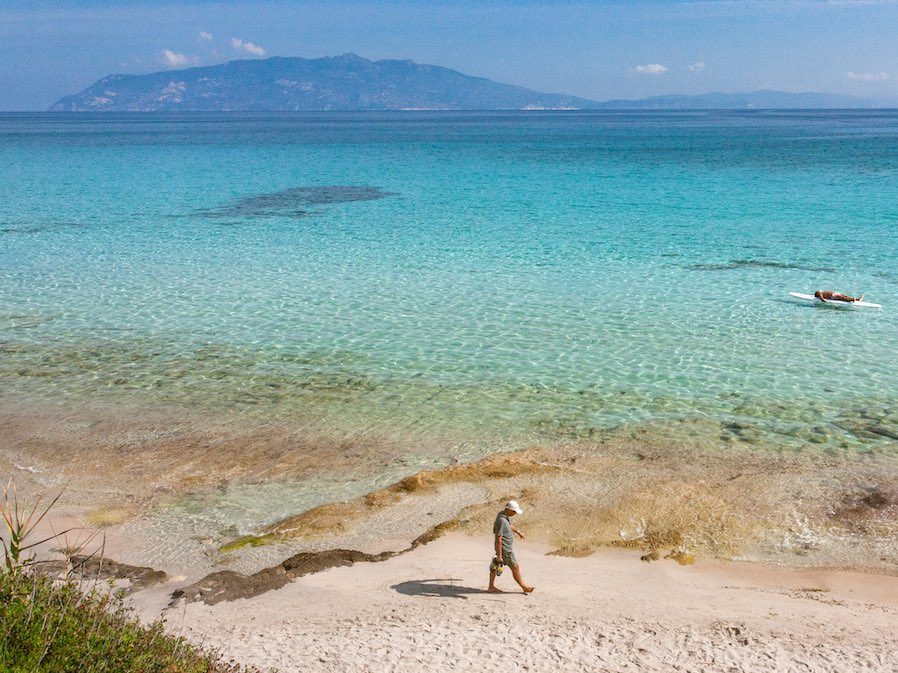What they are and why they are harmful
An alien species is a species introduced by humans (accidentally or intentionally) into a place outside its area of origin. Often these species are even transported to a different continent.
Being out of their natural habitat, many of these species fail to reproduce successfully and disappear. Some of them, however, manage to settle successfully in the new area, becoming invasive alien species. They constitute a serious danger to biodiversity because they alter and destroy the ecological balance and can lead to the extinction of animal or plant species naturally present in that area.
The spread of invasive alien species represents the second cause of decrease in biological diversity worldwide, after the destruction of habitats.
The invasions of alien species are the result of a very complex set of processes, many of which have economic motivations: examples are the use of exotic species in production or commercial activities, the expansion of trade in goods and services and the increased mobility of people.
How we intervene
Very often invasive alien species, coming from distant areas, have no predators or threats in the geographical area in which they settle. Therefore, eliminating them becomes very difficult, we must actively intervene and often the only solution is eradication or containment.
In the site of the Giglio Island there is the need to eradicate or contain invasive animals that have a strong impact on some of the most important habitats:
Flora
Carpobrotus: it is a genus of plants that are cultivated for their beautiful flowering and the ability to compact sand. However, these plants are among the most widespread and invasive alien species in the Mediterranean area, dangerous for the integrity of coastal habitats both on rock and sand. These plants produce a large number of seeds and quickly replace the spontaneous plants of the area.
Fauna
Trachemys scripta: it is a species of turtle native to North America, considered one of the most dangerous invasive exotic alien species present in Europe. Its characteristics make it a predator of tadpoles and larvae of aquatic insects and therefore pose a real threat especially for the Discoglossus sardusolto. This turtle is very common in homes, it is bought for children at fairs when it looks like a small green and harmless animal. However, when it grows it becomes brown, with a less pleasant appearance and voracious, as well as very resistant. It often happens that people discard it by abandoning it in ditches and waterways. This behaviour causes untold damage to the ecosystem.
The Mouflon (Ovis aries): this animal was introduced to the island in the late 1990s for hunting purposes. It affects the holm oak habitat, considerably reducing the regrowth of these trees and other shrub species, and drastically limiting their growth.
The wild rabbit (Oryctolagus burrow): it has been present on the Giglio Island for several decades. It is included in the list of the 100 most harmful alien species in the world. Wild rabbits live in groups, build burrows to shelter themselves from predators and is mainly nocturnal. It is an herbivorous and very voracious animal, which is why it quickly wipes out many grassland species and other animals that compete for the same resource. Furthermore, having the habit of digging tunnels, makes the soil much looser, since it is no longer held by plant roots.




